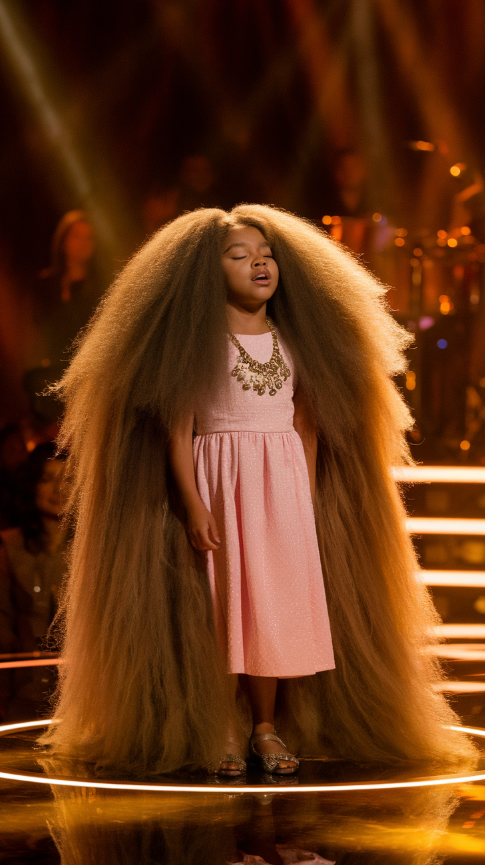Regarded as one of the greatest singers in the history of rock music, he was known for his flamboyant stage persona and four-octave vocal range. Mercury defied the conventions of a rock frontman with his theatrical style, influencing the artistic direction of Queen.
Born in 1946 in Zanzibar to Parsi-Indian parents, Mercury attended English-style boarding schools in India from the age of eight and returned to Zanzibar after secondary school.
In 1964, his family fled the Zanzibar Revolution, moving to Middlesex, England. Having studied and written music for years, he formed Queen in 1970 with guitarist Brian May and drummer Roger Taylor.
Mercury wrote numerous hits for Queen, including “Killer Queen”, “Bohemian Rhapsody”, “Somebody to Love”, “We Are the Champions”, “Don’t Stop Me Now” and “Crazy Little Thing Called Love”.
His charismatic stage performances often saw him interact with the audience, as displayed at the 1985 Live Aid concert. He also led a solo career and was a producer and guest musician for other artists.
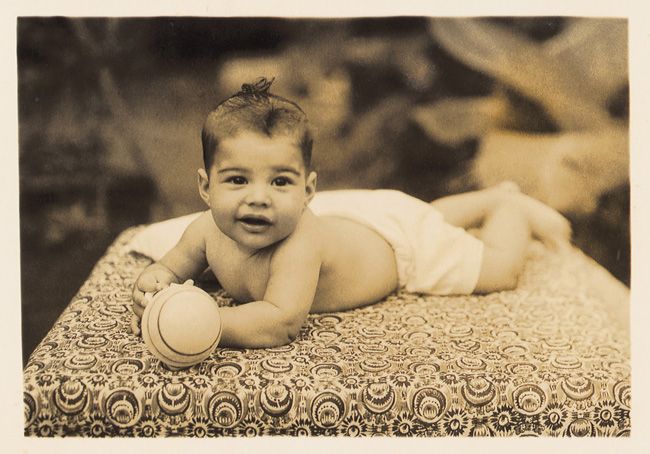
Baby Freddie: Natural born cool.
Mercury was diagnosed with AIDS in 1987. He continued to record with Queen, and posthumously featured on their final album, Made in Heaven (1995).
He announced his diagnosis the day before his death, from complications from the disease, in 1991 at the age of 45. In 1992, a concert in tribute to him was held at Wembley Stadium, in benefit of AIDS awareness.
As a member of Queen, Mercury was posthumously inducted into the Rock and Roll Hall of Fame in 2001, the Songwriters Hall of Fame in 2003, and the UK Music Hall of Fame in 2004.
In 1990, he and the other Queen members were awarded the Brit Award for Outstanding Contribution to British Music, and one year after his death, Mercury was awarded it individually.
In 2005, Queen were awarded an Ivor Novello Award for Outstanding Song Collection from the British Academy of Songwriters, Composers, and Authors. In 2002, Mercury was voted number 58 in the BBC’s poll of the 100 Greatest Britons.
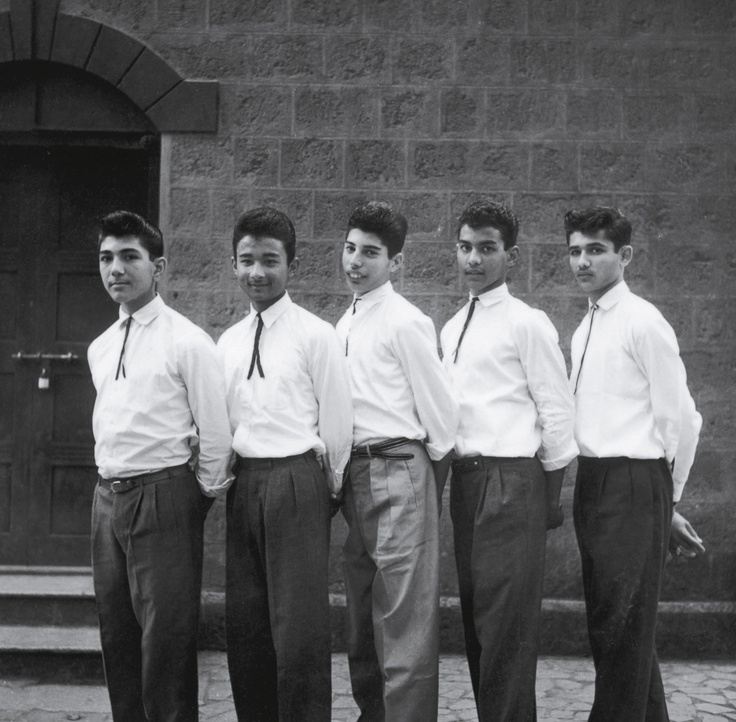
High school Freddie.
Although Mercury’s speaking voice naturally fell in the baritone range, he delivered most songs in the tenor range. His known vocal range extended from bass low F to soprano high F. He could belt up to tenor high F.
Biographer David Bret described his voice as “escalating within a few bars from a deep, throaty rock-growl to tender, vibrant tenor, then on to a high-pitched, perfect coloratura, pure and crystalline in the upper reaches”.
Spanish soprano Montserrat Caballé, with whom Mercury recorded an album, expressed her opinion that “the difference between Freddie and almost all the other rock stars was that he was selling the voice”.
She adds: His technique was astonishing. No problem of tempo, he sang with an incisive sense of rhythm, his vocal placement was very good and he was able to glide effortlessly from a register to another.
He also had a great musicality. His phrasing was subtle, delicate and sweet or energetic and slamming. He was able to find the right colouring or expressive nuance for each word.
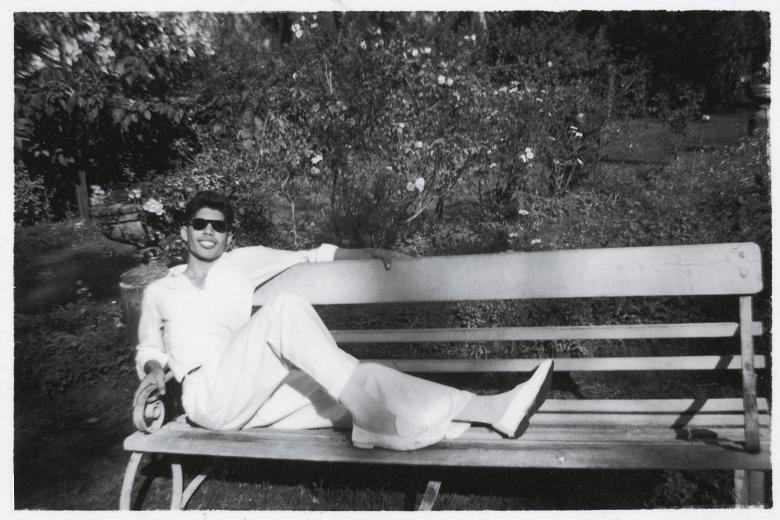
Discussing what type of person he wanted to play the lead role in his musical Jesus Christ Superstar, Andrew Lloyd Webber said: “He has to be of enormous charisma, but he also has to be a genuine, genuine rock tenor. That’s what it is. Really think Freddie Mercury, I mean that’s the kind of range we’re talking about.”
A research team undertook a study in 2016 to understand the appeal behind Mercury’s voice. Led by Professor Christian Herbst, the team identified his notably faster vibrato and use of subharmonics as unique characteristics of Mercury’s voice, particularly in comparison to opera singers.
The research team studied vocal samples from 23 commercially available Queen recordings, his solo work, and a series of interviews of the late artist. They also used an endoscopic video camera to study a rock singer brought in to imitate Mercury’s singing voice.
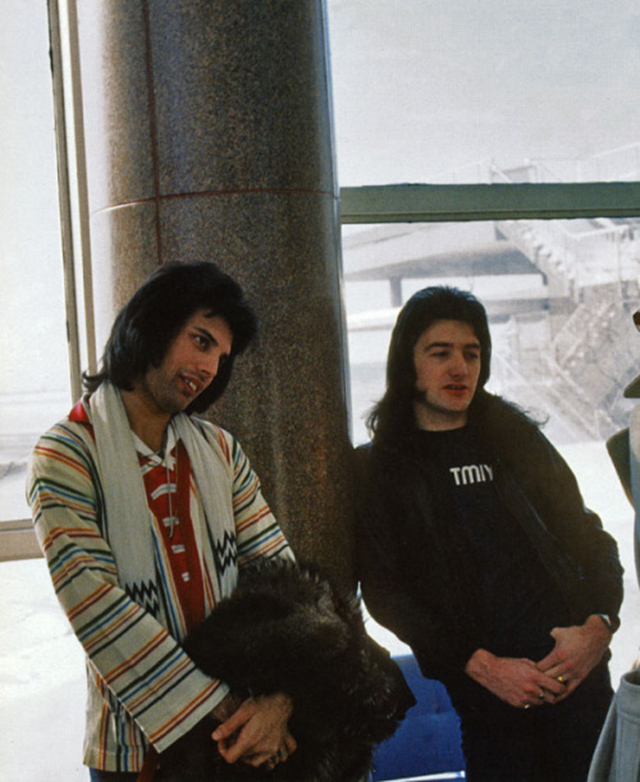
A writer for The Spectator described him as “a performer out to tease, shock and ultimately charm his audience with various extravagant versions of himself.”
David Bowie, who performed at the Freddie Mercury Tribute Concert and recorded the song “Under Pressure” with Queen, praised Mercury’s performance style, saying: “Of all the more theatrical rock performers, Freddie took it further than the rest … he took it over the edge. And of course, I always admired a man who wears tights. I only saw him in concert once and as they say, he was definitely a man who could hold an audience in the palm of his hand.”
Queen guitarist Brian May wrote that Mercury could make “the last person at the back of the furthest stand in a stadium feel that he was connected”.
Mercury’s main prop on stage was a broken microphone stand; after accidentally snapping it off the heavy base during an early performance, he realised it could be used in endless ways.
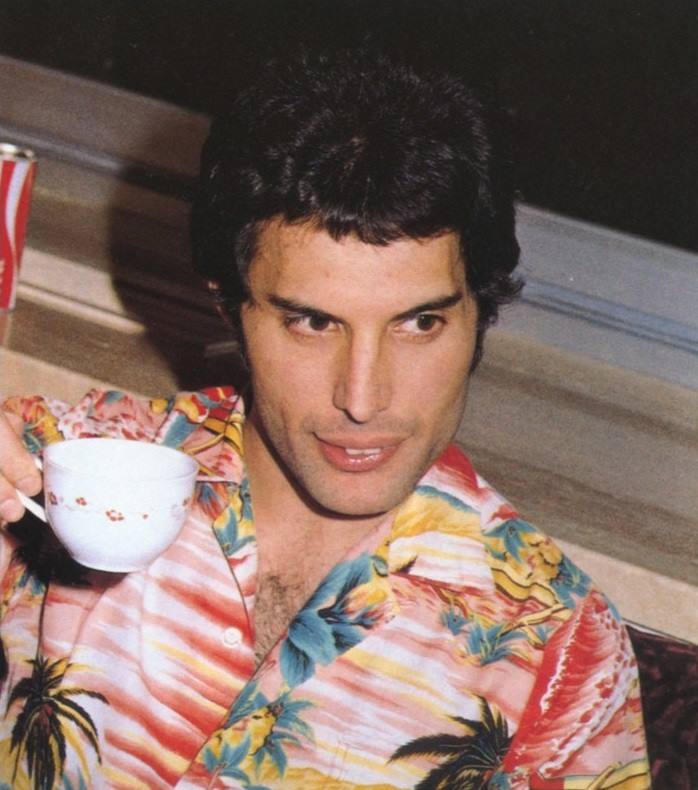
He loved tea and Earl Grey was his all-time favorite.
One of Mercury’s most notable performances with Queen took place at Live Aid in 1985. Queen’s performance at the event has since been voted by a group of music executives as the greatest live performance in the history of rock music.
The results were aired on a television program called “The World’s Greatest Gigs”. Mercury’s powerful, sustained note during the a cappella section came to be known as “The Note Heard Round the World”.
In reviewing Live Aid in 2005, one critic wrote, “Those who compile lists of Great Rock Frontmen and award the top spots to Mick Jagger, Robert Plant, etc. all are guilty of a terrible oversight. Freddie, as evidenced by his Dionysian Live Aid performance, was easily the most godlike of them all.”
Photographer Denis O’Regan, who captured a definitive pose of Mercury on stage—arched back, knee bent and facing toward the sky—during his final tour with Queen in 1986, commented “Freddie was a once-in-a-lifetime showman”.
Queen roadie Peter Hince states, “It wasn’t just about his voice but the way he commanded the stage. For him it was all about interacting with the audience and knowing how to get them on his side. And he gave everything in every show.”
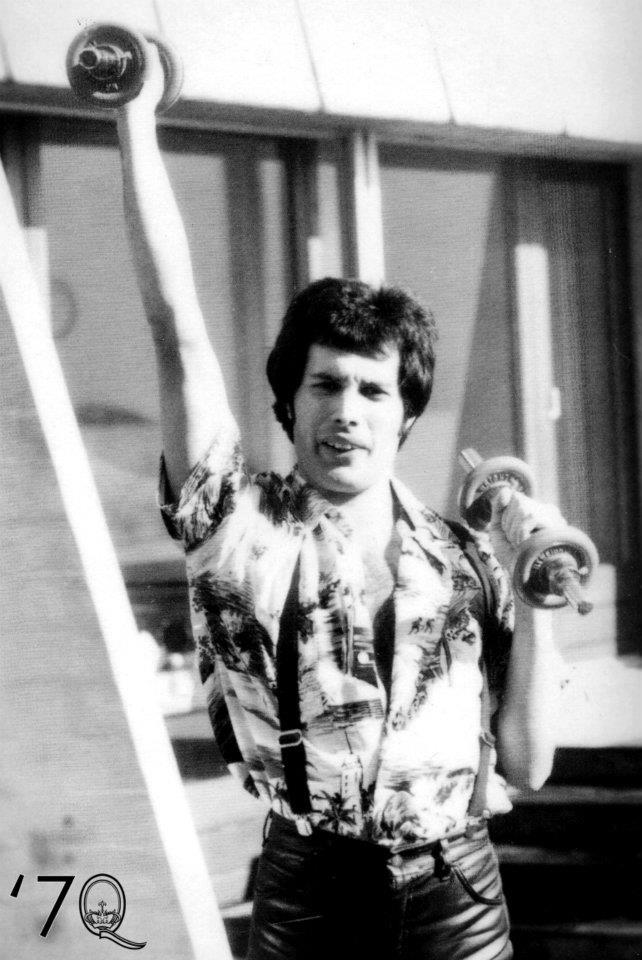
He once explained, “We’re the Cecil B. DeMille of rock and roll, always wanting to do things bigger and better.” The band was the first ever to play in South American stadiums, breaking worldwide records for concert attendance in the Morumbi Stadium in São Paulo in 1981.
In 1986, Queen also played behind the Iron Curtain when they performed to a crowd of 80,000 in Budapest, in what was one of the biggest rock concerts ever held in Eastern Europe.
Mercury’s final live performance with Queen took place on 9 August 1986 at Knebworth Park in England and drew an attendance estimated as high as 200,000.
A week prior to Knebworth, May recalled Mercury saying “I’m not going to be doing this forever. This is probably the last time.”
With the British national anthem “God Save the Queen” playing at the end of the concert, Mercury’s final act on stage saw him draped in a robe, holding a golden crown aloft, bidding farewell to the crowd.
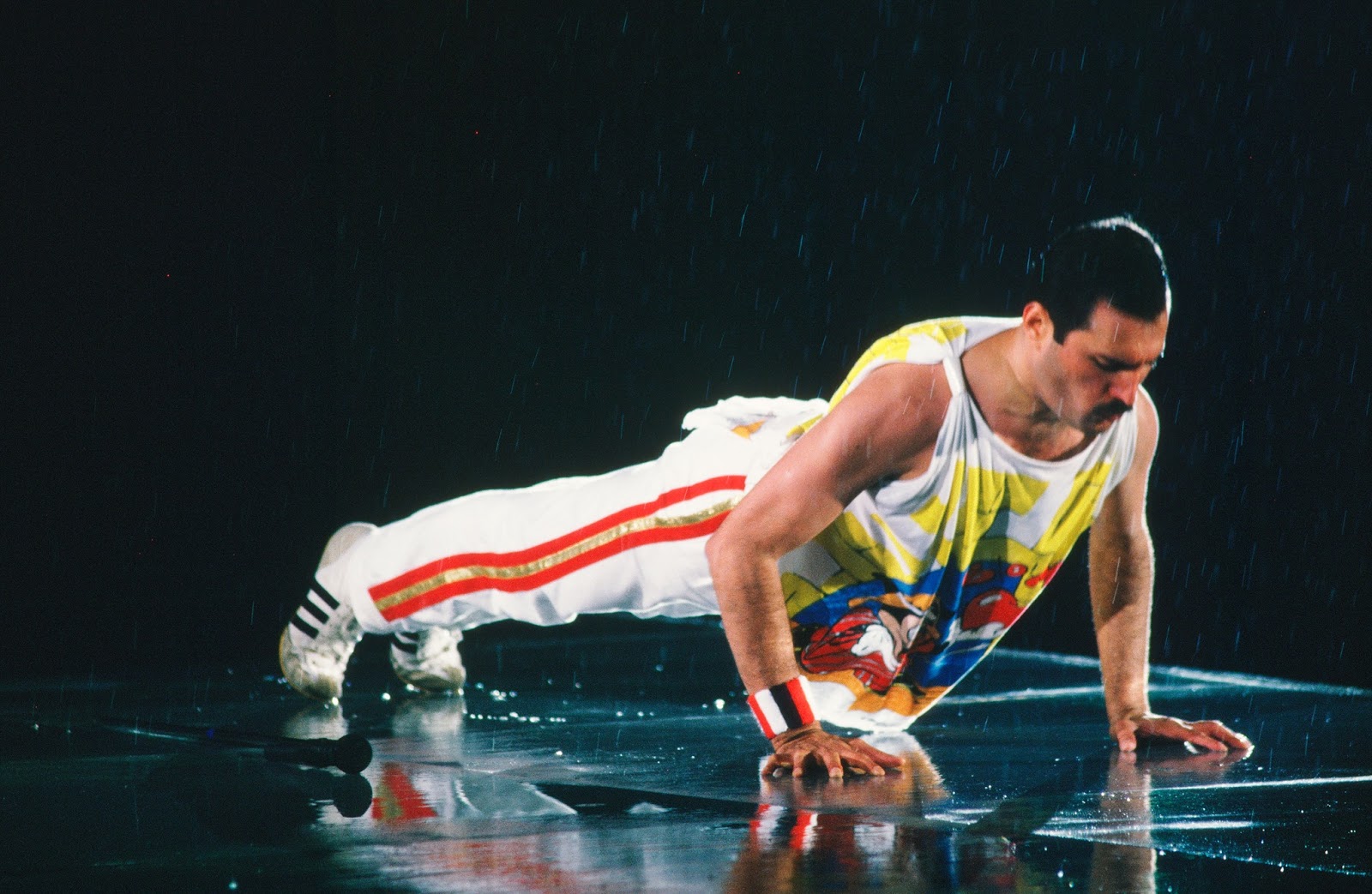
Push-up Freddie.
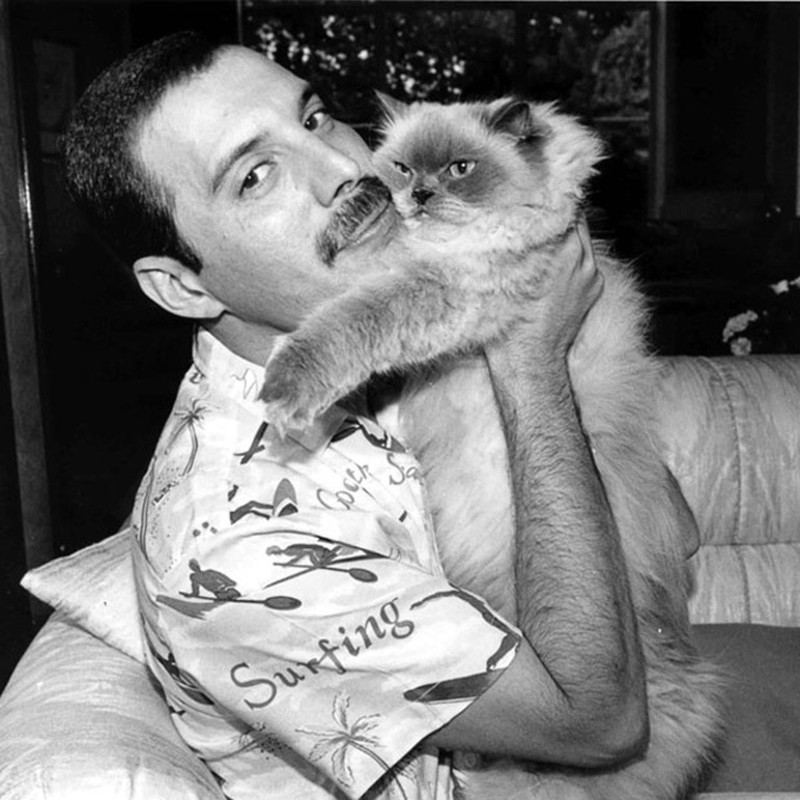
He even made a song about his cat, Delilah.

He was a cat person but also loved the dogs.
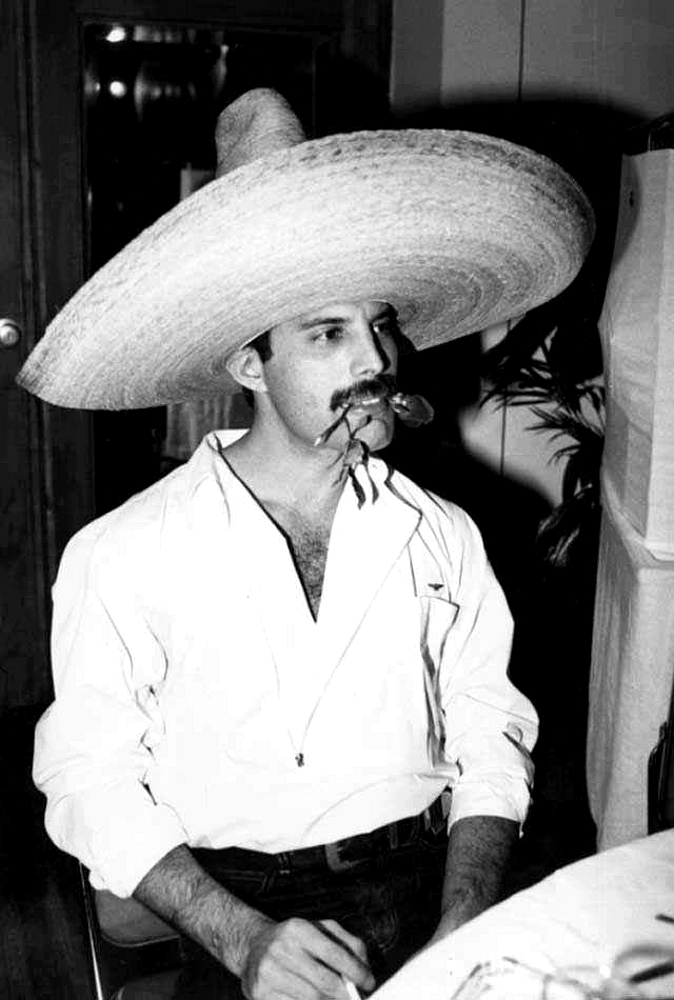
Romantic Latino Freddie.
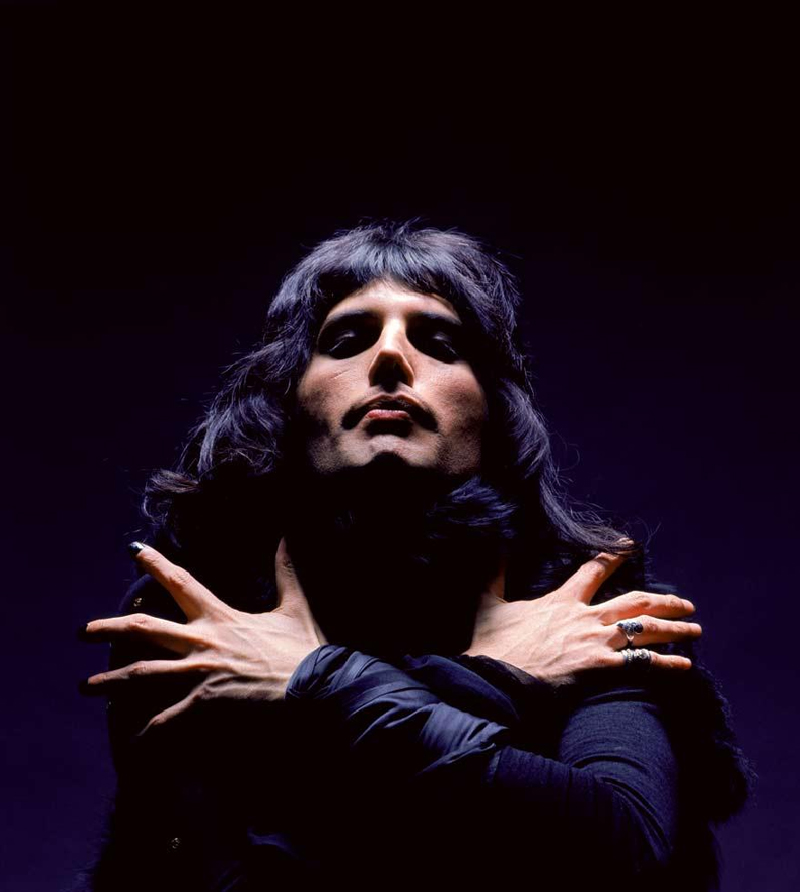
Purple Bohemian. “I see a little silhouetto of a man”.

Friends with Micheal Jackson.
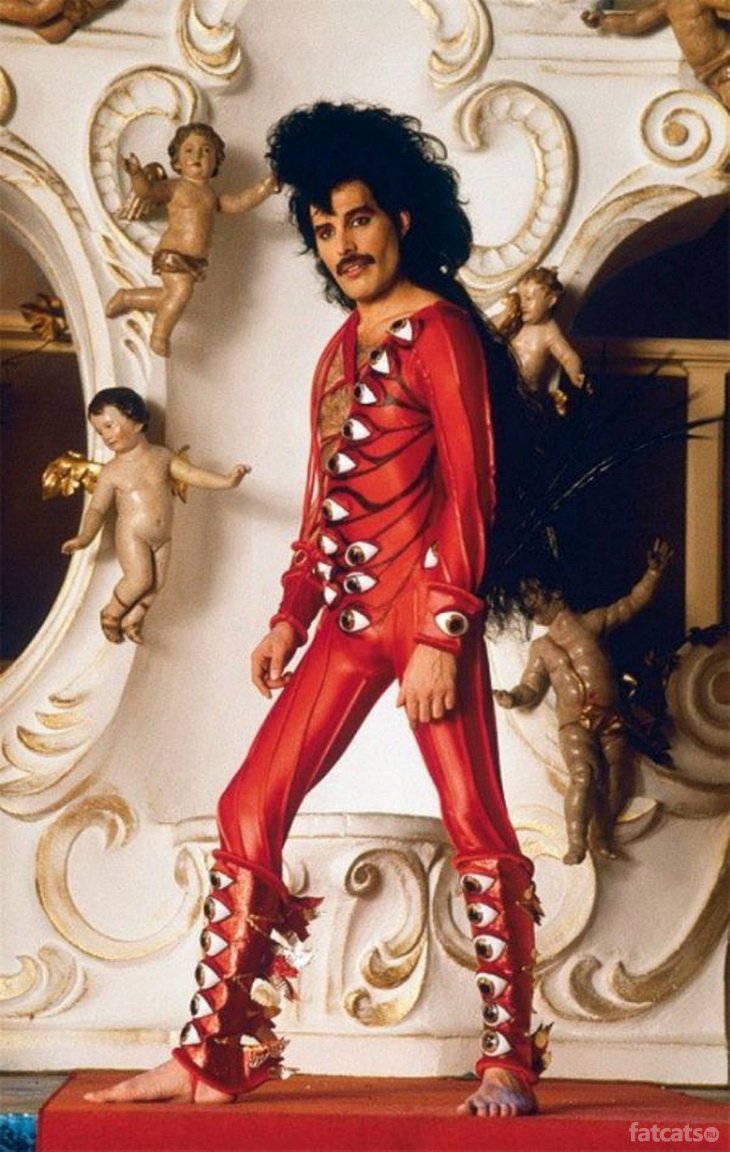
Freddie from outer space.
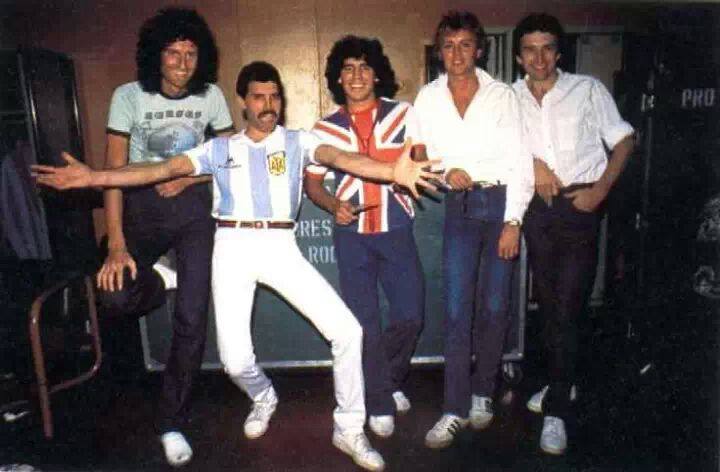
Football fan Freddie.
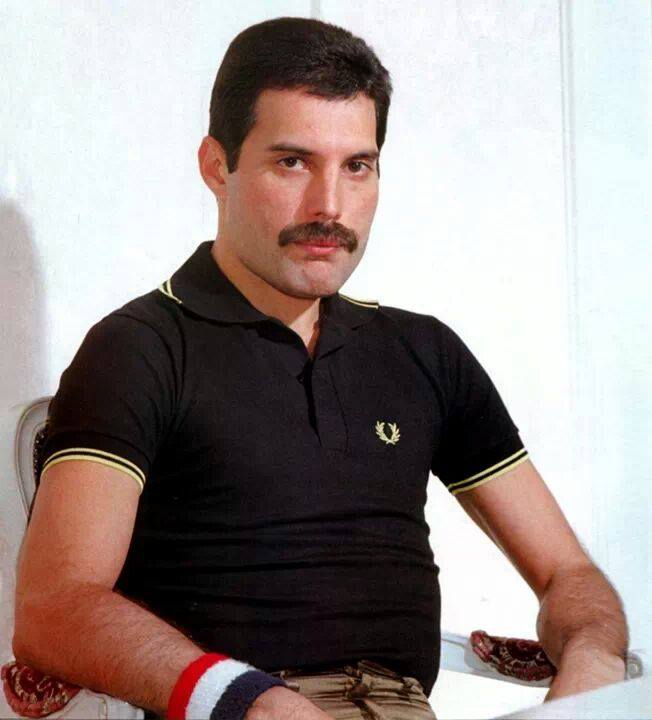

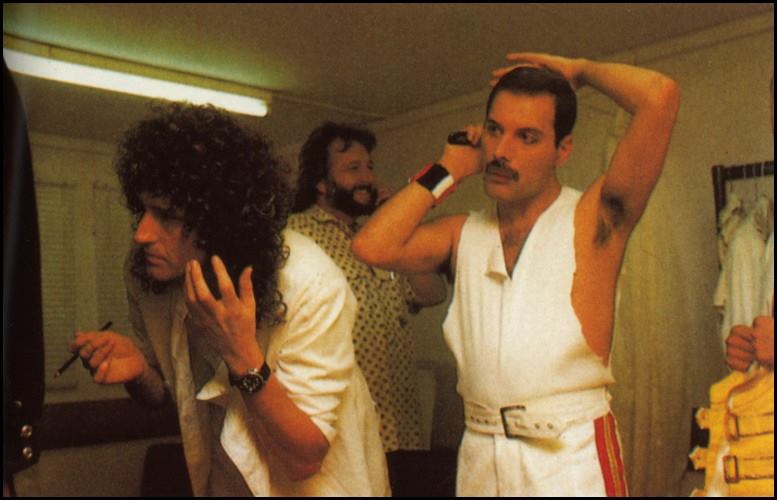
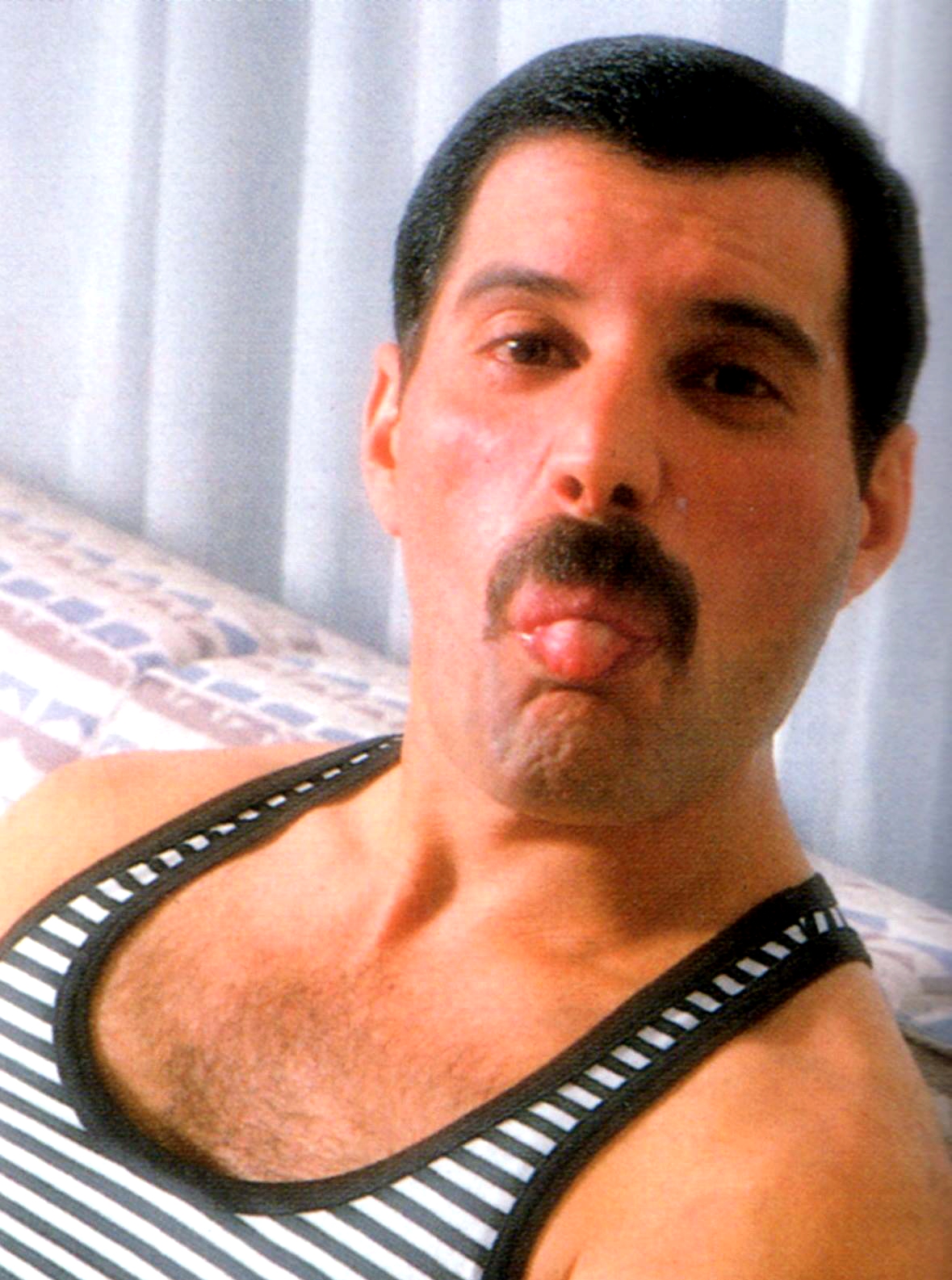
Always fabolous Freddie.
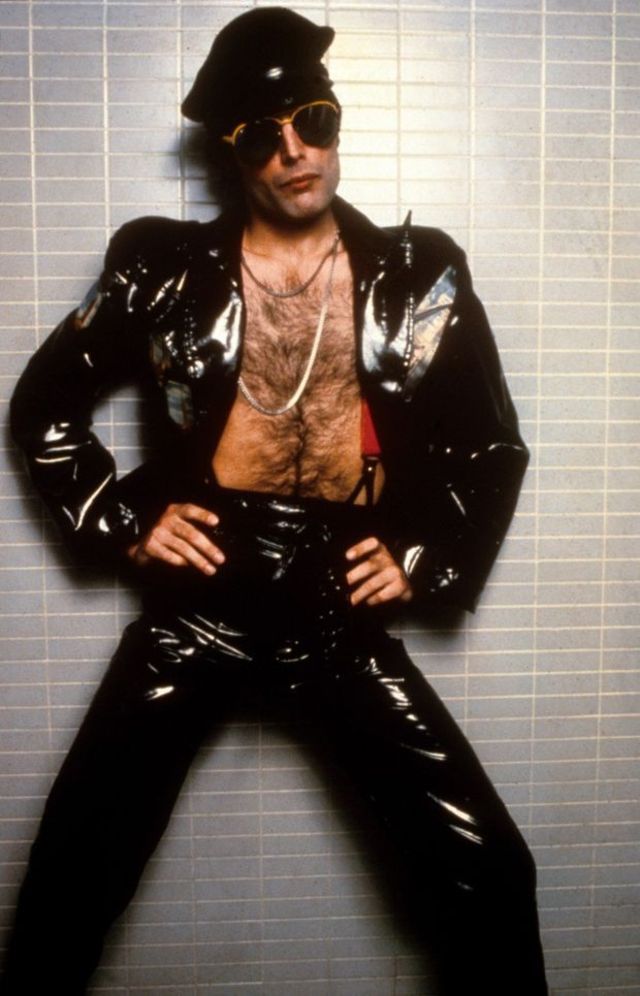
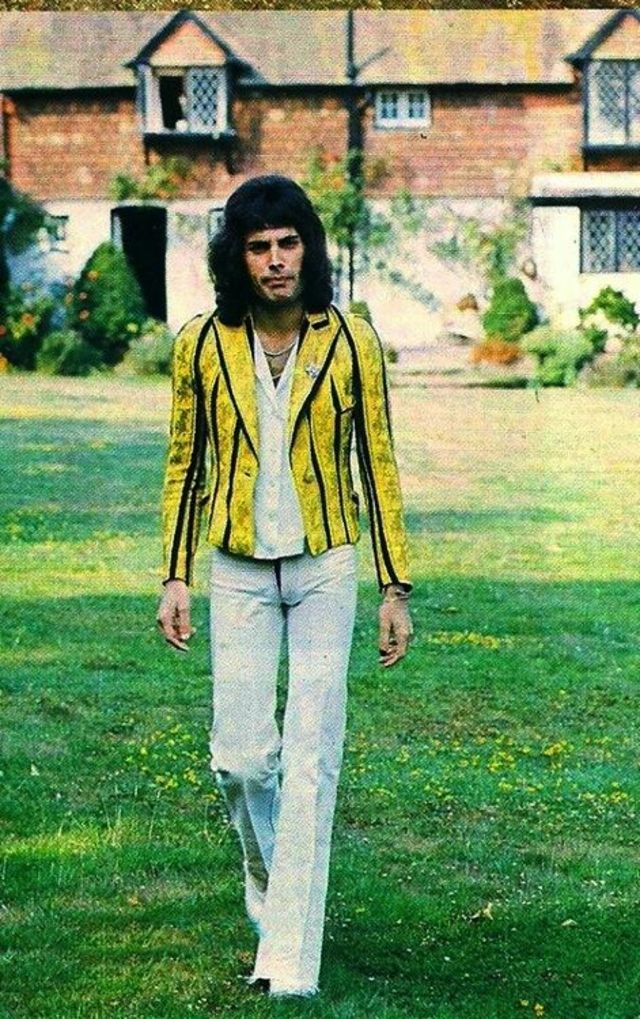
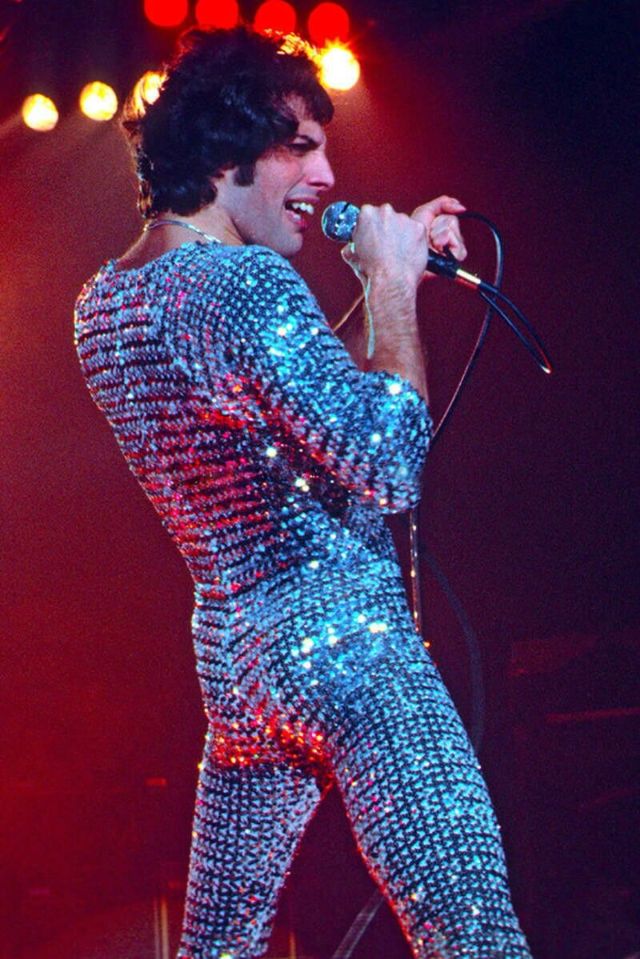
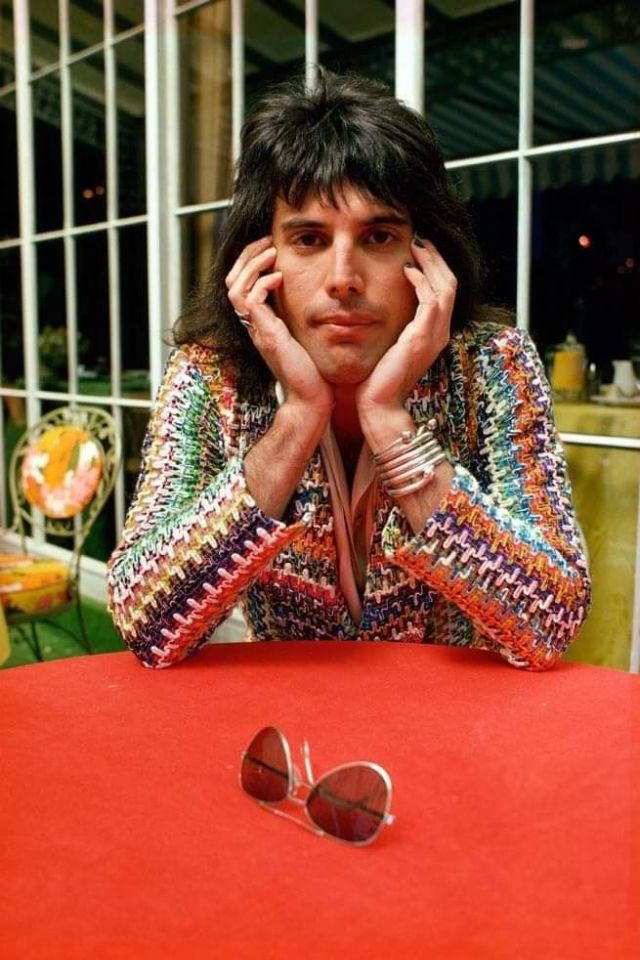
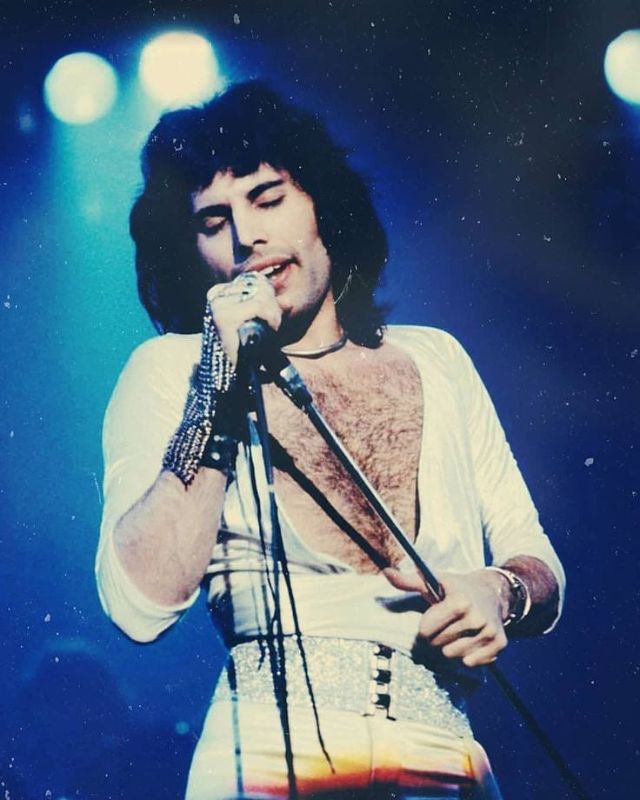
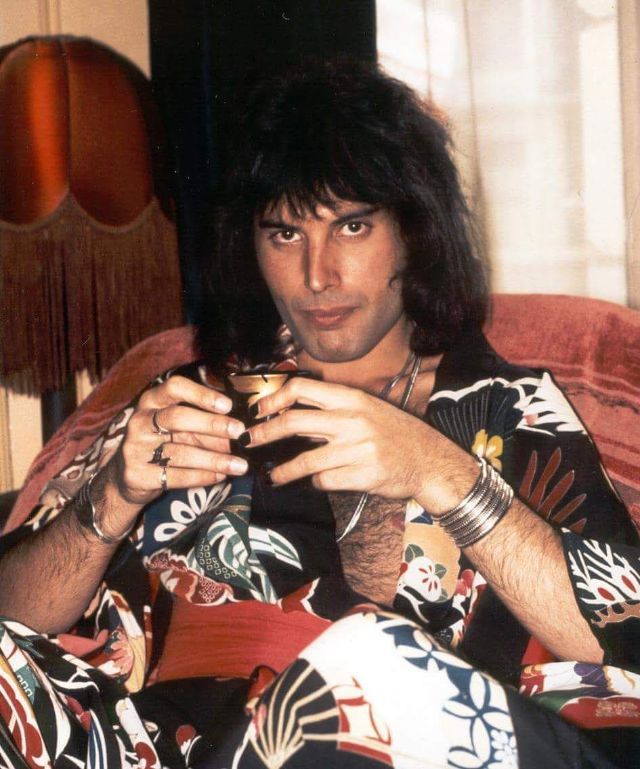
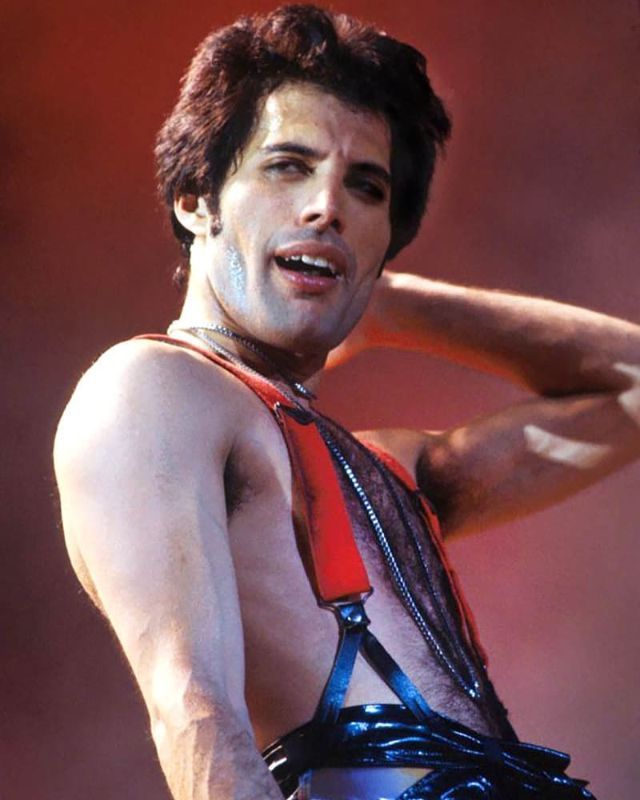
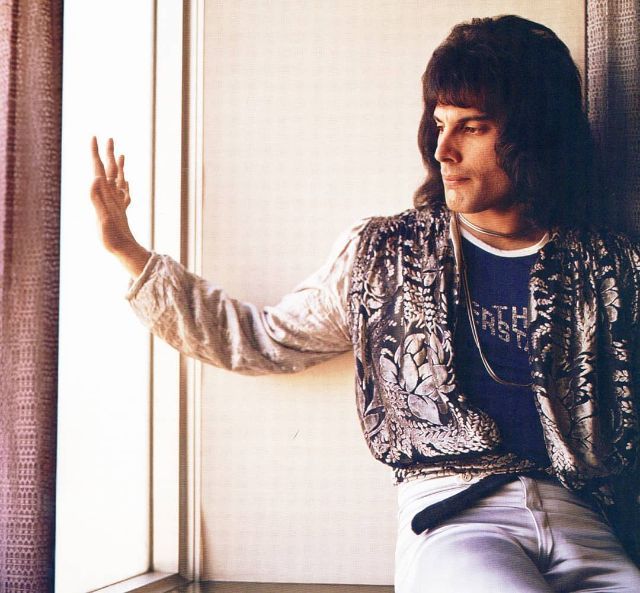
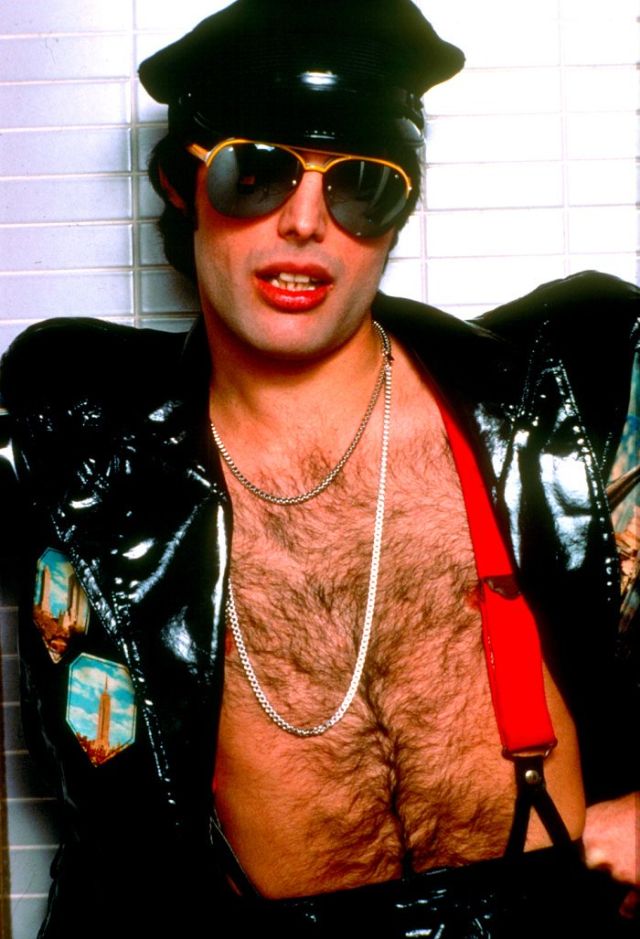

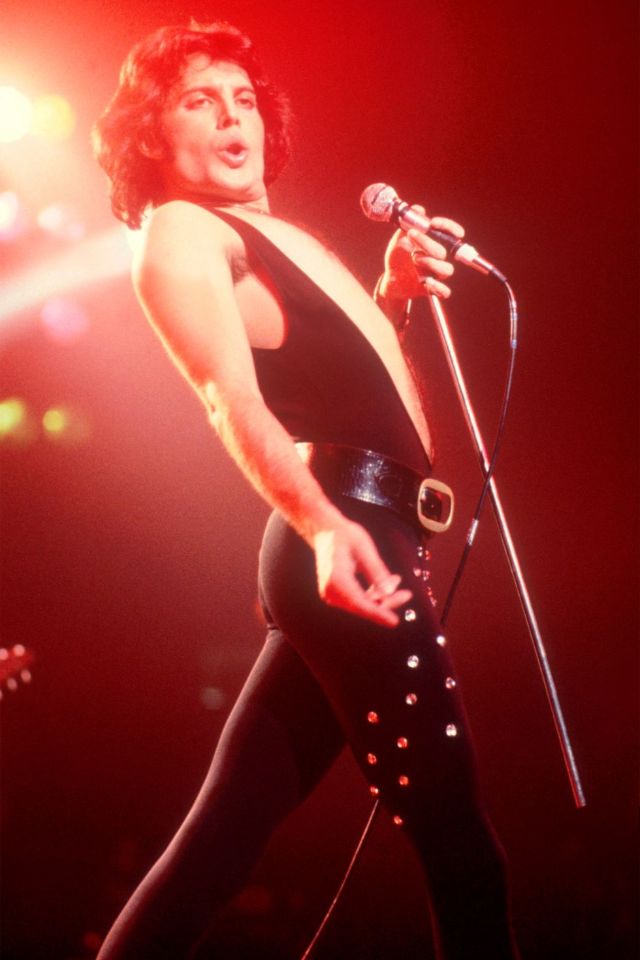
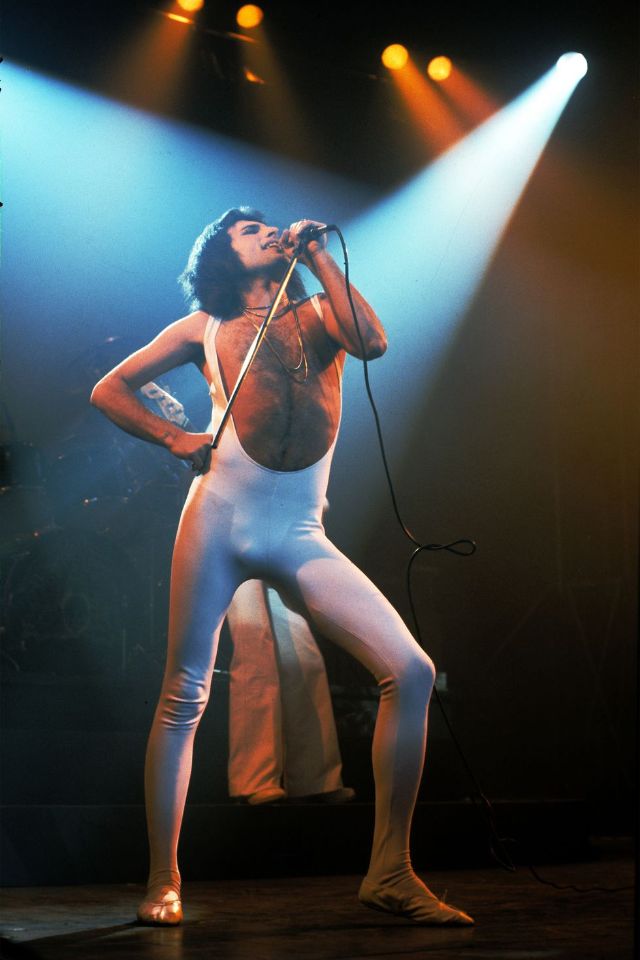


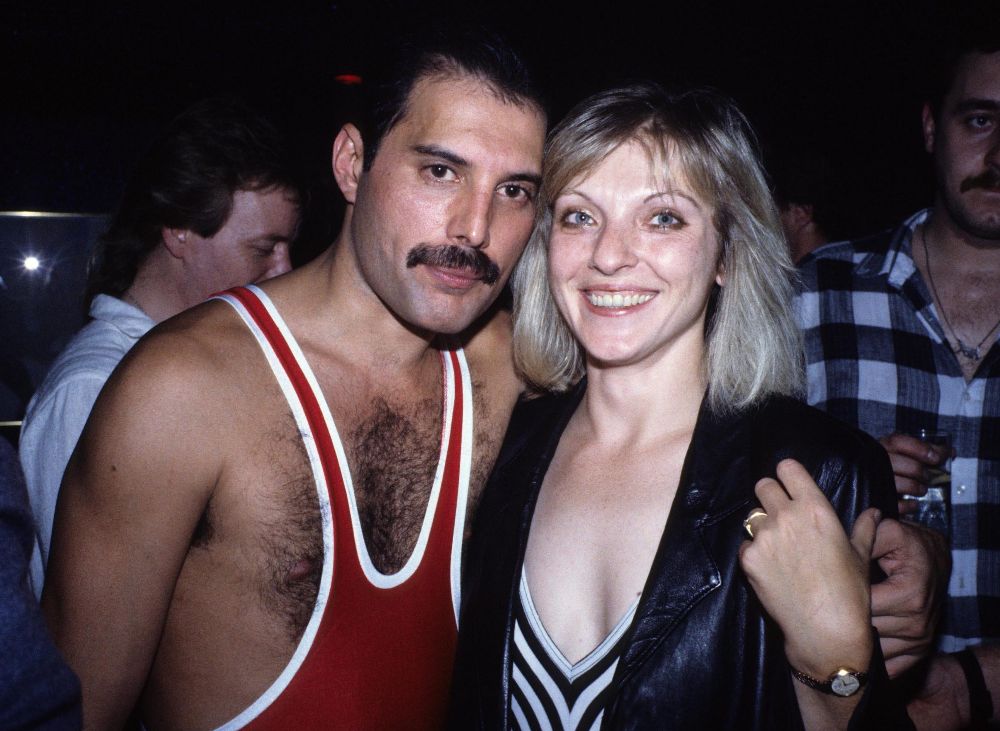
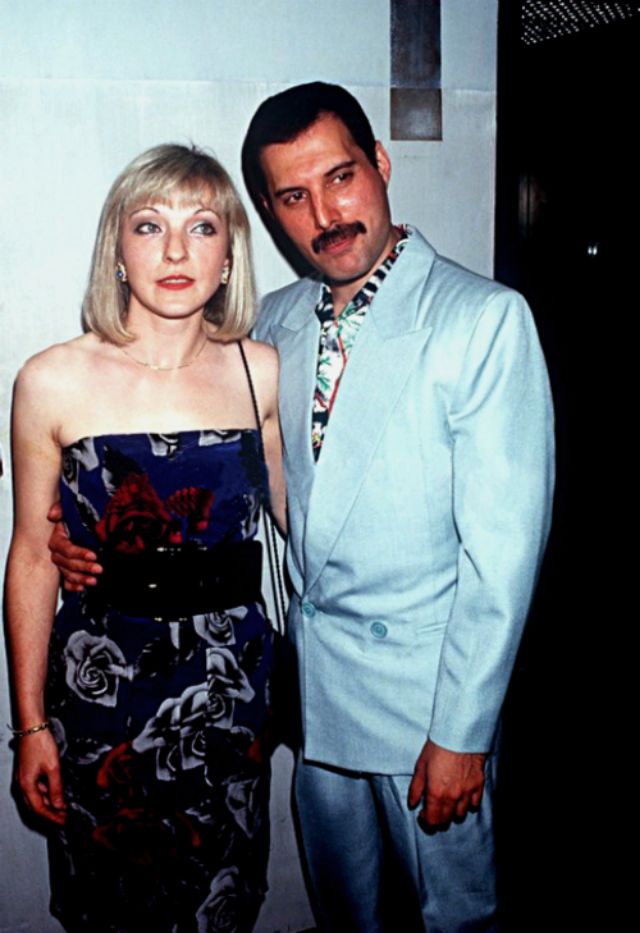
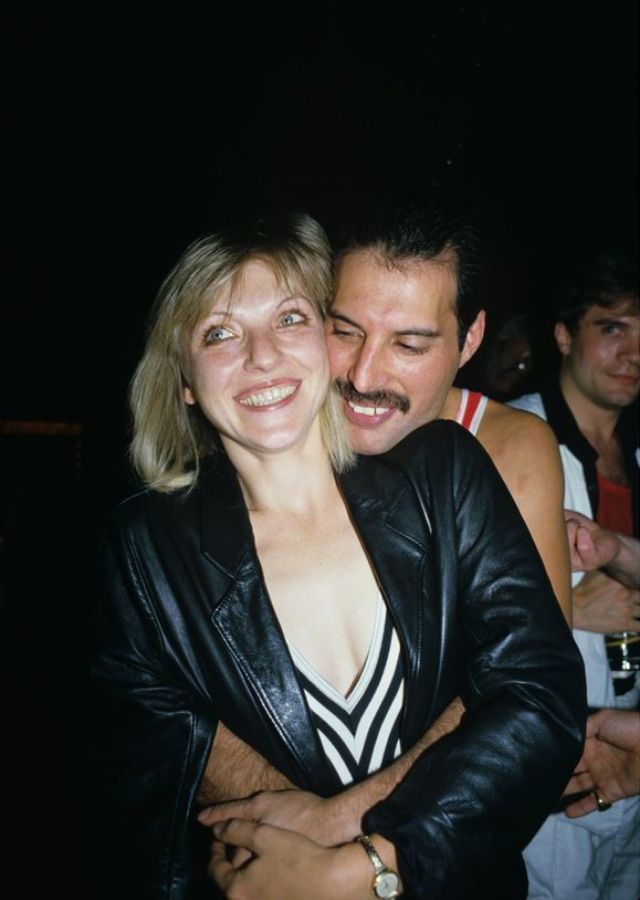
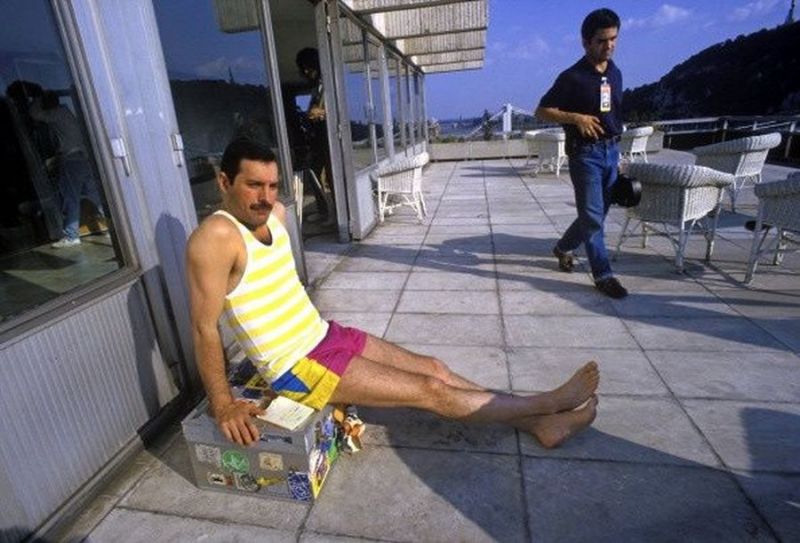
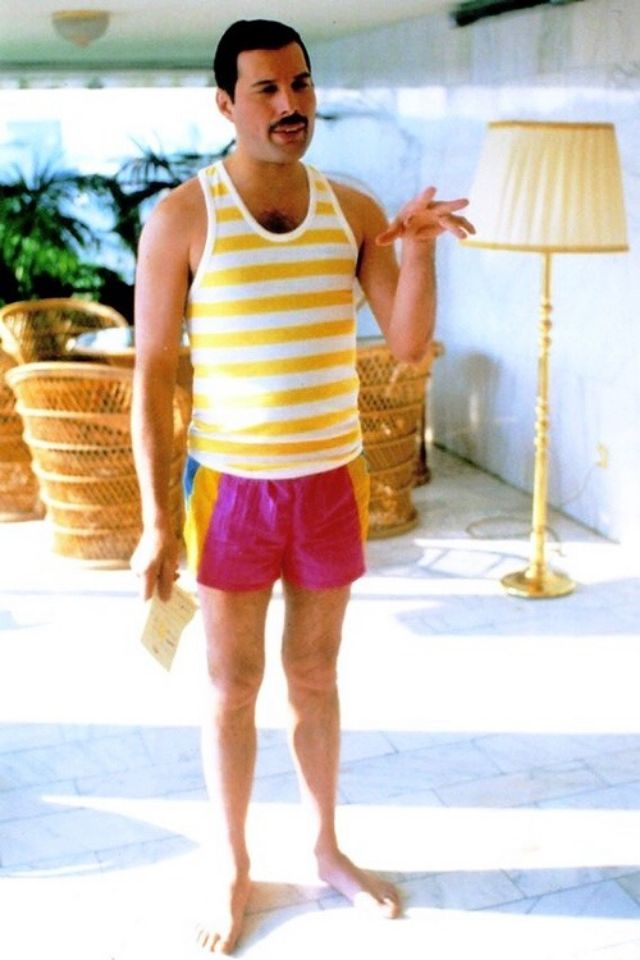

We are not absolutely sure these are the last photos of Freddie Mercury but they are claimed to be. The two photos below were taken by his partner Jim Hutton in 1991 in the backyard of his home Garden Lodge in London.
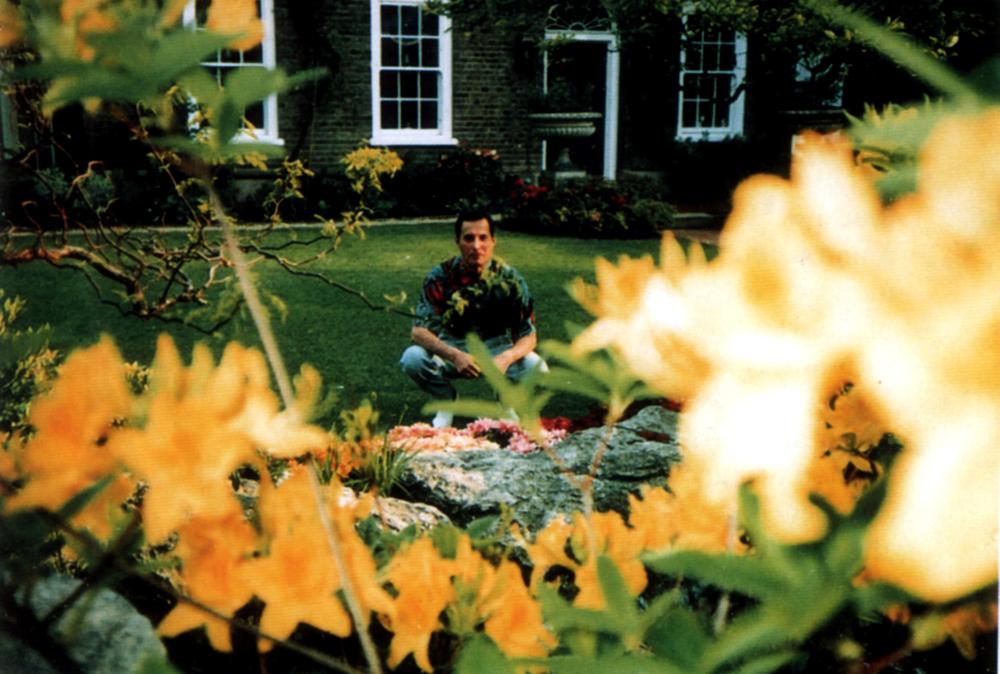

This photo taken by paparazzi in late September of 1991, claims to be the absolute last known photo of Freddie Mercury alive. It was published in the Daily Mirror a few days after Mercury passed away on November 24, 1991.
(Photo credit: Wikimedia Commons / Britannica / Pinterest / Flickr / Reddit).
